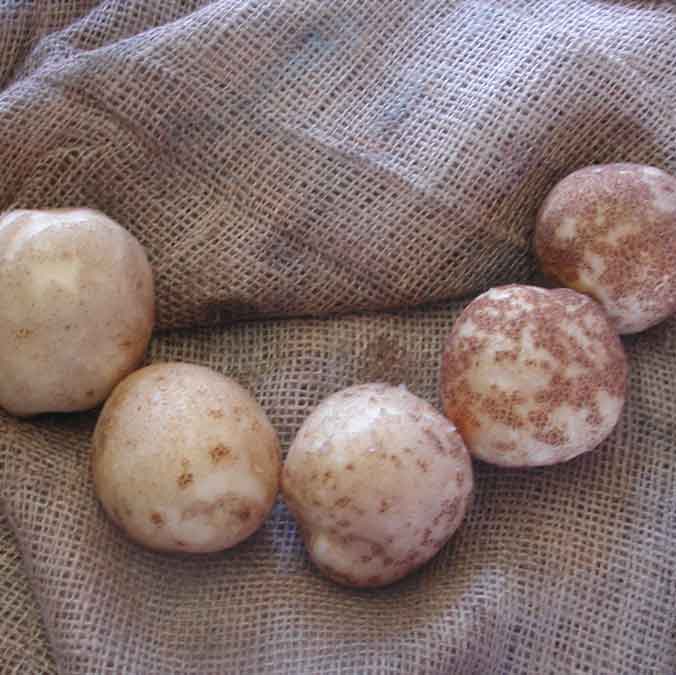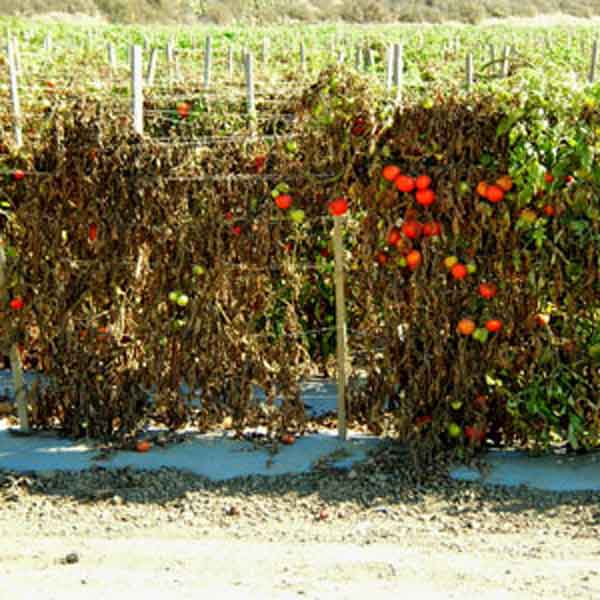Preventing
Soil-Borne
Diseases
Destructive pests such as nematodes, fungi, insects, weeds, and other pathogens can be devastating to a crop. Many common soil-borne issues can be controlled with fumigation.

Violet Root Rot

Common Pitted Scab

Root Knot Nematode

Pythium Root Rot

Phytophthora Wilt

Verticillium Wilt
Leading diseases that need fumigation:
Fungi
The most common soil-borne pathogens. While not all fungi cause plant problems, over 8,000 species do. Most plants are susceptible to some type of fungus.
- Root rots cause the root system to begin to decay. Symptoms may include wilting, yellowing, stunting, dieback and eventual death. Some common root rot fungi include: Cylindrocladium, Pythium, Phytophthora, and Rhizoctonia.
- Stem, collar, and crown rots have symptoms similar to root rots, but the rotting starts at or above the soil line. Common pathogens to watch out for include: Phytophthora, Rhizoctonia, Sclerotinia, and Sclerotium.
- Wilt pathogens, like Fusarium oxysporum and Verticillium cause wilting of the plants, despite adequate water. Damping-off diseases affect young seedlings. They can be caused by a handful of fungi, including Pythium, Phytophthora, Rhizoctonia and Sclerotium rolfsii.
Bacteria
Examples include Erwinia (soft rot), Rhizomonas (corky root of lettuce), Streptomyces (potato scab, soft rot of sweet potatoes), and Agrobacterium (crown gall).
Nematodes
Phytopathogenic nematodes are microscopic unsegmented worms. They are especially problematic for root crops, like carrots, but they can affect many types of crops, from ornamentals to orchard trees. Root knot nematodes cause distortion and swelling of roots and can affect the plant's vigor. Needle nematodes feed on the tips of roots, causing branching and swelling. Stubby root nematodes cause short, stubby roots. There are many more types of pathogenic nematodes, including lesion, cyst, dagger, burrowing, reniform, sting, and spiral.
Insects
Fumigation controls or suppresses all life stages (egg, larva, pupa, adult) of many destructive insect and other arthropod pests, including garden centipedes and root-feeding beetle larvae.
Serving the Pacific Northwest
Washington, Oregon, and Idaho
